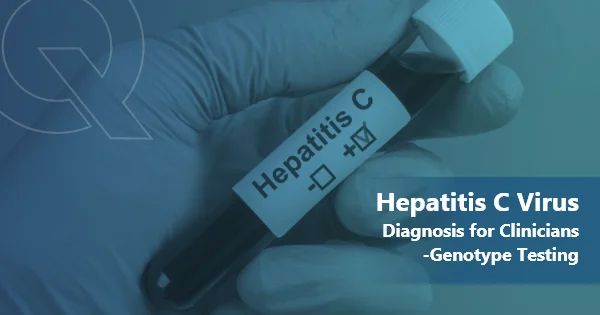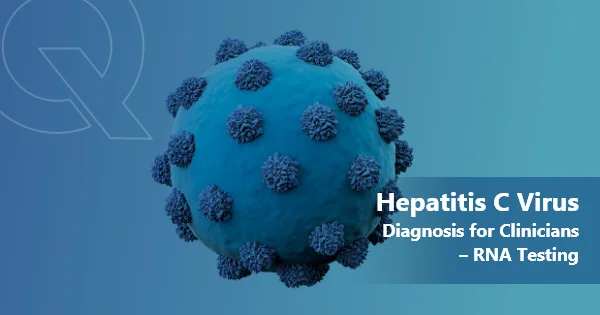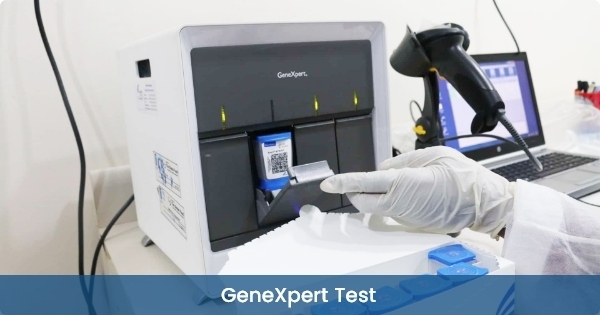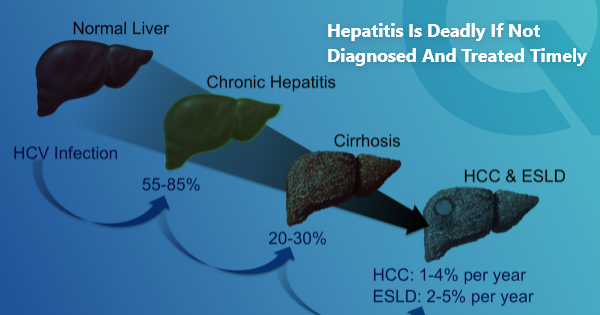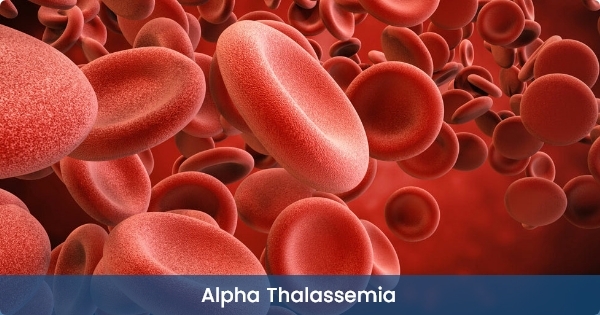In our earlier blog you read about Hepatitis C Virus (HCV) Diagnosis for Clinicians- RNA Testing: http://bit.ly/1PWC2yo
Contents
HCV genotype testing
Geno-type testing is pivotal to determine the duration and dosage of therapy with drugs and in predicting the efficacy of the treatment. While a variety of techniques are used, the gold standard for HCV genotyping is nucleotide sequencing, which can be done by using core (C), envelope (E1), or the non-structural (NS5) regions which can be amplified by polymerase chain reaction. Most diagnostic assays commonly target the 5′ untranslated region (5’UTR).
However, some genotype 6 variants found in Southeast Asia have 5’UTR sequences identical to those of genotype 1a or 1b. Hence, currently used 5’UTR-based assays are unlikely to be very accurate in high-diversity areas.
Interleukin-28B polymorphisms
There has been increasing data regarding the significance of the interleukin-28B (IL-28B) polymorphism in the response to treatment and in spontaneous clearance of acute HCV infection. Multiple studies have shown that patients with the CC genotype at the single nucleotide polymorphism (SNP) rs12979860 polymorphic site have higher sustained virologic response (SVR) rates than patients with the CT or TT genotype. Similarly, patients with the TT genotype at the SNP rs8099917 polymorphic site have higher SVR rates than patients with the GT or GG genotype.
Assessment of fibrosis and role of liver biopsy
Assessment of hepatic fibrosis is important, as it establishes the status of hepatic injury and is helpful in taking the decision to start therapy as well as in predicting outcome of therapy. Assessment of liver fibrosis can be done by liver biopsy or by non-invasive tests for fibrosis which include serologic panels of tests and radiologic tests. Serological markers include the aspartate aminotransferase-platelet ratio index (APRI) ratio, which can be easily calculated using data available from routine laboratory tests, or commercially a v a i l a b l e s e r u m m a r k e r s y s t e m s s u c h a s t h e FibroTest/FibroSure, Hepascore, FibroSpect, and the European Liver Fibrosis Study Group panel. The most widely used imaging modality is transient elastography (Fibroscan®). However liver biopsy remains the gold standard for assessment of fibrosis.
|
Diagnosis |
Prior, cleared HCV infection | Accute HCV infection | Chronic HCV infection |
| Antibody Test | Positive | Negative; becomes positive within 6 to 24 weeks | Positive |
| Viral Load Test(HCVG RNA) | Undetectable on two tests, performed at least six months apart | Detectable within 1 to 2 weeks, usually very high | Detectable |
| ALT Test(Alanine Aminotransferase, a liver enzyme) | May be normal, fluctuate, or be persistently raised | May be up to 7 to 10 times above the normal level |
May be persistently normal, fluctuate, or be persistently raised |
Conclusion
HCV antibody tests are useful screening tests for diagnosis of HCV infection. HCV core antibody is emerging as useful new test that can save overall cost of diagnosis. However, plan of treatment is often dependent on HCV RNA load, genotype of the virus and stage of hepatic fibrosis. So m e t i m e s , h o s t g e n e t i c f a c t o r s s u c h a s I L 2 8 b polymorphism are helpful in predicting response to interferon therapy.

